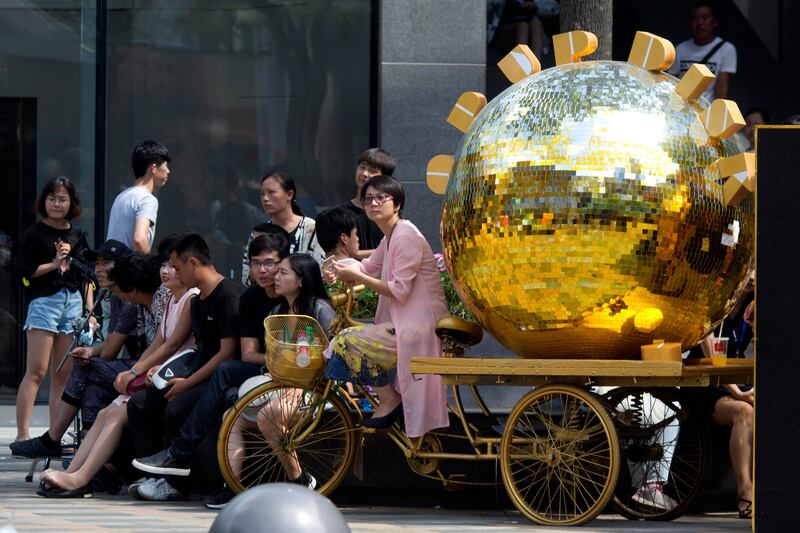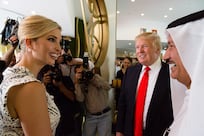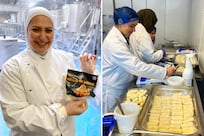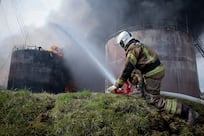China's exports and imports grew more slowly than expected in July, raising concerns over whether global demand is starting to cool even as major western central banks consider scaling back their massive stimulus programmes.
China and Europe have been driving an increasing share of global growth this year as political conflict stymies stimulus policies being pushed by the US president Donald Trump.
But China's export growth slowed to 7.2 per cent in July from a year earlier, the weakest pace since February and cooling from an 11.3 per cent rise in June, official data showed on Tuesday. Analysts had expected a 10.9 per cent gain.
Imports rose 11 per cent, the slowest growth since December and down from a 17.2 per cent rise in the previous month. That also missed expectations of 16.6 per cent growth.
That left the country with a trade surplus of US$46.74 billion for the month, the highest since January, compared with forecasts for $46.08bn and above June's $42.77bn. The July trade figures are preliminary, with revised data due on July 23.
Asian stock markets went flat after the disappointing China data, which came a day after ratings agency Fitch upgraded its outlook for the world economy for this year and next, citing recoveries in China and other emerging markets.
"Despite an uptick at the end of the second quarter, [China's] trade growth now appears to be on a downward trend. In particular, the sharp decline in import growth since the start of the year suggests that domestic demand is softening," Capital Economics said in a note.
Improving global demand has boosted exports for China and other trade-reliant Asian economies in recent months after several lean years of declining shipments, but investors have been more focused on its strong appetite for imports, particularly for industrial commodities such as iron ore and coal, which have sparked a global price rally.
China's trade surplus with the United States, its largest export market, rose 5.9 per cent in the first seven months of this year to $142.75bn compared to the year-ago period, even as China's overall trade surplus has declined this year.
China's surplus with the US was $25.2bn in July, nearly unchanged from June's $25.4bn, which was the highest since October 2015.
Mr Trump is close to a decision on how to respond to what he considers China's unfair trade practices, as Washington prepares to launch an inquiry into Beijing's intellectual property and trade practices.
But America's appetite for Chinese goods appears to have only increased over the years.
The surplus with the US accounted for over 60 per cent of China's total surplus in the first half, compared to just 44 per cent in the year-ago period, according to China customs data.
China has said that trade between China and the US benefits both sides and that Beijing is willing to work with Washington to improve their trade relationship.
The US and China failed last month to agree on major new steps to reduce the US trade deficit with China, casting doubt over Mr Trump's economic and security relations with Beijing.
Tensions between Washington and Beijing have escalated in recent months as Mr Trump has pressed China to cut steel production to ease global oversupply and rein in North Korea's missile programme.
He tweeted in late July after the latest North Korea missile test that he was "very disappointed" in China, saying that Beijing profits from US trade but had done "nothing" for the United States with regards to North Korea, something he would not allow to continue.
A China's vice commerce minister said last week that China's foreign trade faces a mostly positive environment in the second half of the year, but instability and uncertainties still exist.
* Reuters






